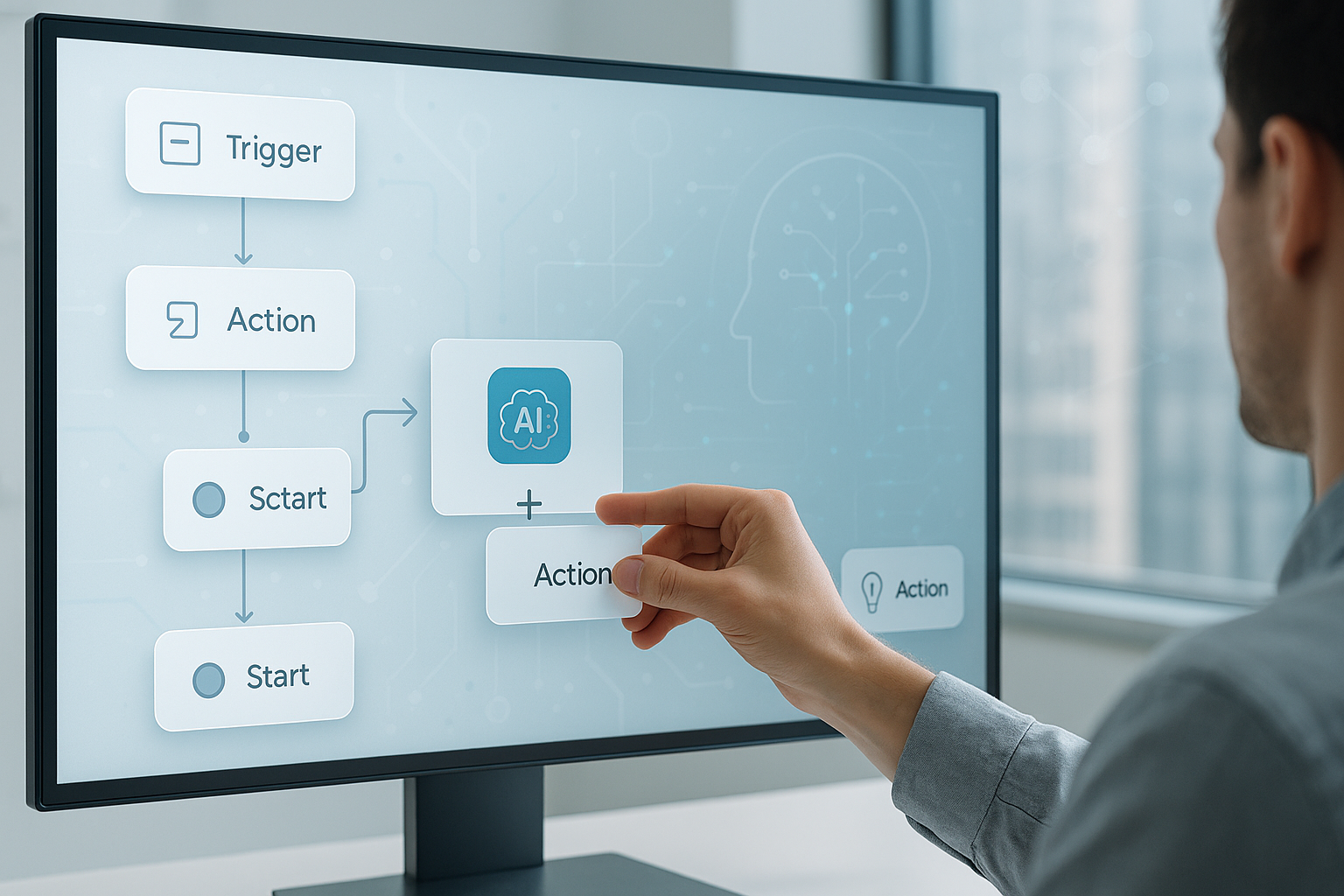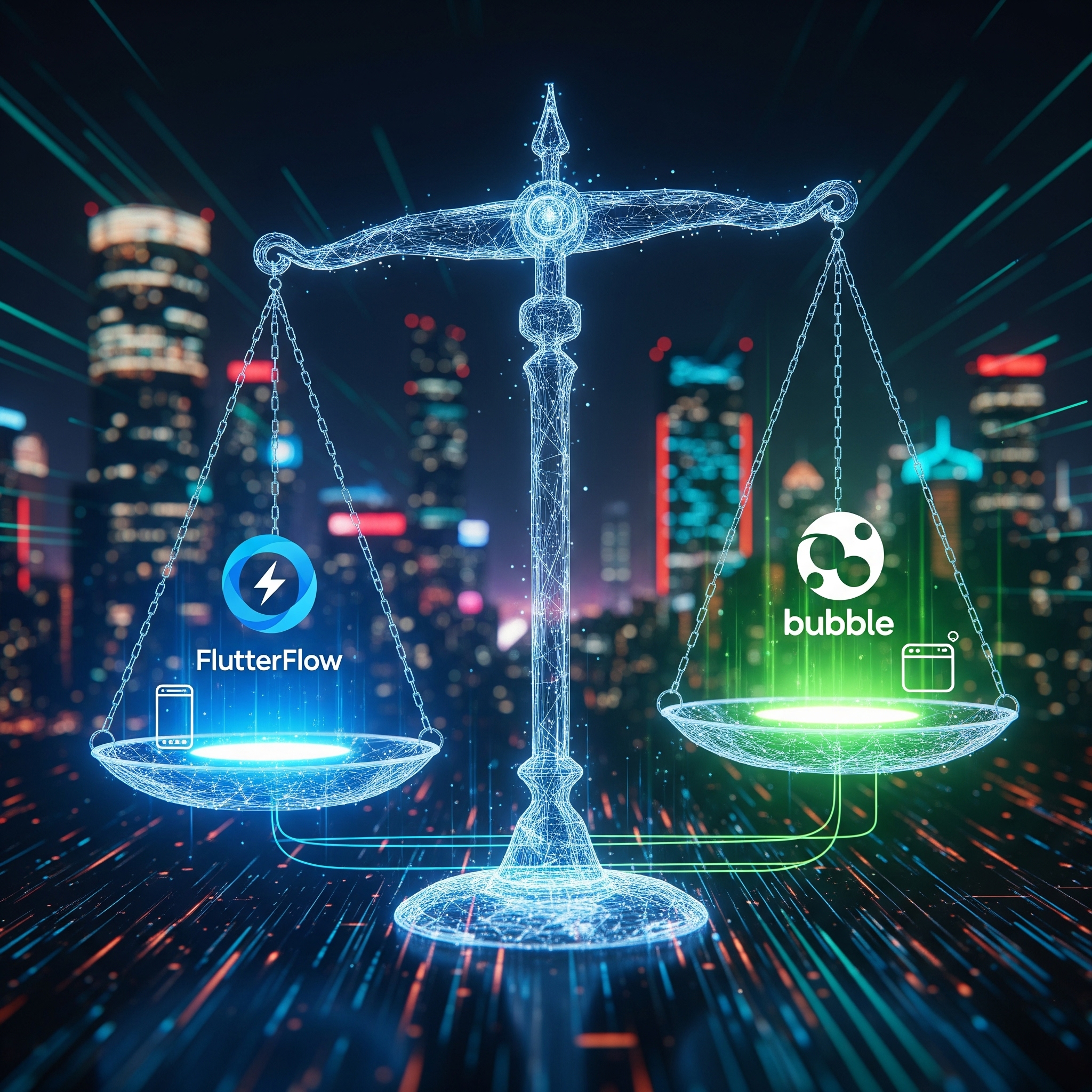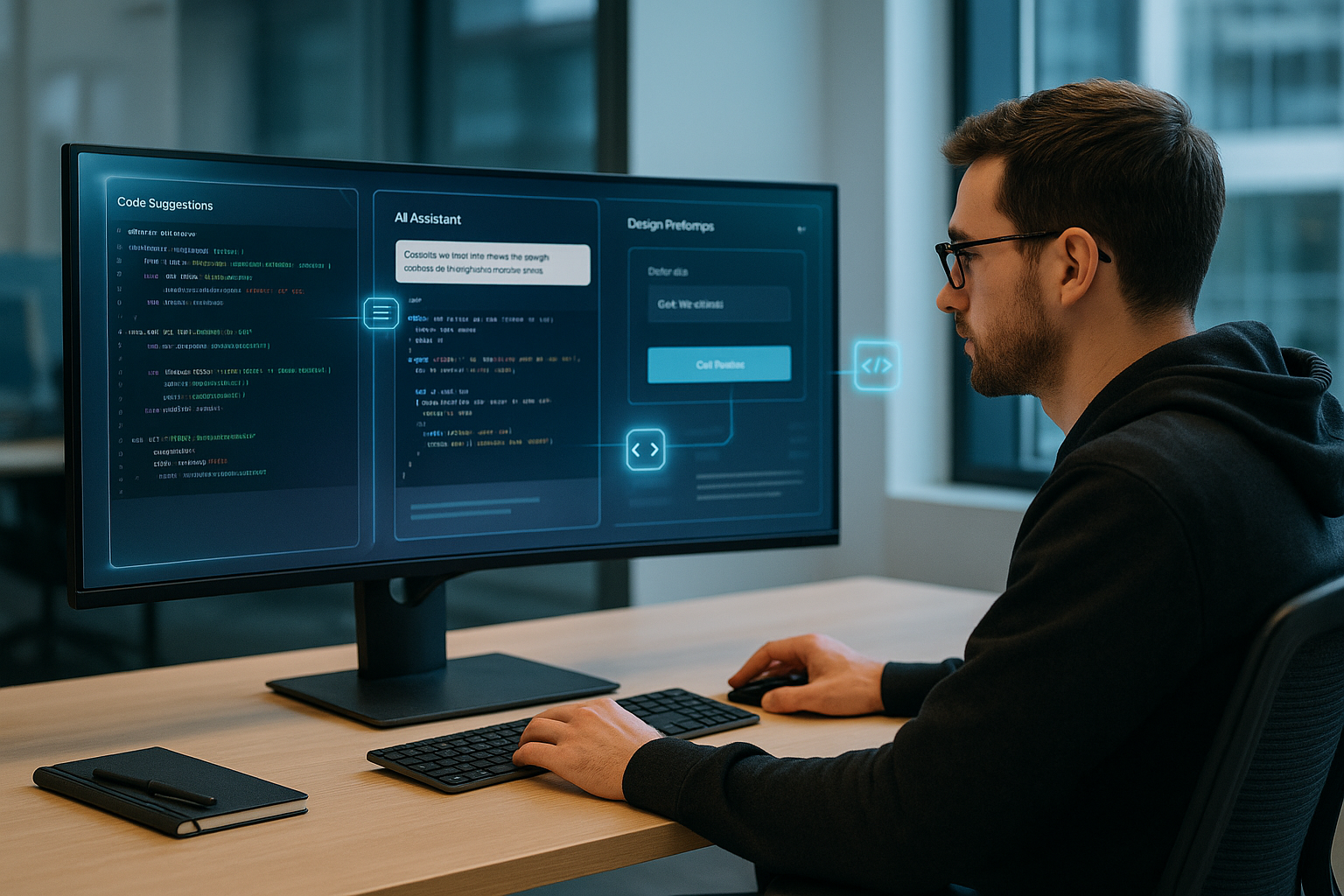AI Agents Explained — Intelligent Automation for Businesses


Artificial Intelligence (AI) agents are transforming the way businesses operate. Once confined to research labs and large corporations, these digital systems now help small and midsize businesses (SMBs) automate workflows, reduce repetitive tasks, and make data-driven decisions faster.
Think of AI agents as digital coworkers — they observe their environment, decide what actions to take, and execute them toward a specific goal. Whether it’s managing leads, optimizing marketing campaigns, or streamlining customer support, AI agents turn decisions into actions automatically.
With platforms like Singular Innovation, companies can create custom agents that integrate data across tools, automate repetitive tasks, and deliver measurable results — without the cost or complexity of enterprise AI.
This guide breaks down what AI agents are, how they work, and how businesses can start using them effectively.
What Exactly Are AI Agents?
At their core, AI agents are systems that perceive, decide, and act.
They are goal-driven and designed to achieve measurable outcomes.
An AI agent:
- Perceives its environment through inputs (data, sensors, APIs)
- Decides what action to take using a learned policy or rule set
- Acts to change the environment or complete a task
- Learns from feedback to improve performance over time
In technical terms, an AI agent maximizes a utility function — a score that measures how well it’s achieving its objective. Some agents act reactively; others plan ahead, adapt, and collaborate with humans or other systems.
AI agents turn decision-making into automation, enabling faster, smarter, and more reliable outcomes.
The Three Pillars of Every AI Agent
To understand how AI agents work, it helps to visualize three moving parts:
- The Environment — everything happening around the agent, such as data inputs, customer interactions, or APIs.
- The Policy — the agent’s rulebook or decision-making strategy that determines how it acts based on what it sees.
- The Utility Measure — a score that evaluates how well the agent is performing (for example, accuracy, cost, or time saved).
Once you grasp these elements, the architecture of AI agents becomes clear: sensing, reasoning, and acting — all guided by continuous feedback.
How AI Agents Learn and Adapt

AI agents learn through feedback loops. Each cycle helps them improve accuracy and efficiency.
A typical loop looks like this:
Observe → Decide → Act → Learn → Improve.
This process is powered by several components:
- Performance element: decides what to do.
- Learning element: updates decisions based on results.
- Critic: scores outcomes.
- Problem generator: suggests new strategies or test cases.
Modern systems combine reinforcement learning, human feedback, and self-play to refine this process. The more feedback the agent gets, the more capable and efficient it becomes.
Reasoning, Planning, and Tool Use
AI agents aren’t limited to reactions — they plan ahead. They can chain steps together, weigh trade-offs, and reason before acting.
For example:
- A support agent might summarize customer history before drafting a response.
- A sales agent could analyze CRM data and trigger outreach based on lead behavior.
- A reporting agent might collect, analyze, and format insights automatically.
Agents also use tools and APIs to expand their capabilities — from querying databases and using calculators to generating content or updating records in real time.
This is what makes modern agents so powerful: they combine reasoning with action, allowing them to complete multi-step workflows independently.
Autonomy and Orchestration
Not all agents need full independence. Some operate within clear guardrails, while others make autonomous choices within a defined scope.
In complex systems, multiple agents — and humans — work together. This is known as orchestration.
An orchestrator agent coordinates multiple sub-agents, assigns tasks, tracks progress, and ensures consistency.
You can see this approach in systems like Microsoft Copilot, which manages multiple AI skills across applications to deliver results seamlessly. It’s a glimpse into how humans and agents will increasingly collaborate within shared digital workspaces.
Hybrid designs are increasingly common — combining reactive control, learning, and planning for flexible, business-ready automation.
Real-World Examples of AI Agents
AI agents already power many everyday tools and experiences:
- Navigation apps: choose optimal routes in real time.
- Smart assistants: trigger home routines or calendar actions.
- Recommendation systems: suggest movies, products, or playlists based on user behavior.
- Support bots: summarize tickets, draft replies, and route complex cases to humans.
In enterprise environments, we see AI agents operating at scale:
- IBM watsonx focuses on safe orchestration and governance.
- AWS Agents for Bedrock connect AI models to company data and tools.
- Microsoft Copilot integrates multi-agent workflows across Office and Teams.
These examples show that AI agents are not futuristic concepts — they are practical systems delivering measurable business value today.
Why AI Agents Matter for SMBs
Small and midsize businesses face the same challenges as large enterprises — but with smaller teams and tighter budgets.
AI agents level the playing field.
They handle tasks that humans can do, but shouldn’t have to: repetitive, data-heavy, or multi-step processes that consume time and energy.
Key Benefits
- Automate repetitive work across teams
- Improve consistency and accuracy
- Enable faster decision-making
- Free up staff for strategy and creativity
- Maintain performance even during scaling
High-ROI Use Cases
- Customer support triage
- Sales lead qualification
- Marketing campaign automation
- Research and report generation
- Inventory and logistics forecasting
By introducing AI agents into these workflows, SMBs gain speed, reliability, and cost efficiency — all while keeping human judgment where it matters most.
Risks, Limits, and Responsible Design
AI agents are powerful, but not perfect.
They rely on models that interpret data — and those models can sometimes misread context or produce inaccurate results.
Common risks include:
- Over-automation (removing human oversight)
- Reward hacking (optimizing the wrong KPI)
- Data bias or leakage
- Lack of transparency in decision-making
Best Practices for Responsible AI
- Keep humans in the loop for sensitive or high-stakes actions.
- Audit agent performance regularly and retrain when needed.
- Use clear policies for data privacy and explainability.
- Test new automations in controlled environments before scaling.
The goal isn’t to replace human input — it’s to remove friction, reduce errors, and create a more balanced workflow between people and AI.
How to Get Started with AI Agents

Step 1: Start Simple with No-Code Tools
You don’t need a data science team to begin.
Platforms like Zapier, Make, or Microsoft Copilot Studio let you build small automations that connect apps, run logic, and complete basic decision loops.
Try this approach:
- Identify one repetitive, high-value task.
- Map the inputs, actions, and outcomes.
- Automate the process using no-code tools.
- Measure time and cost savings.
- Iterate and refine until stable.
Once you prove the concept, you can scale confidently.
Step 2: Build Custom Agents for Advanced Workflows
When workflows involve proprietary data or complex rules, it’s time for a custom solution.
Custom AI agents can:
- Learn from your business data and decisions
- Connect to your CRM, ERP, or APIs
- Follow your compliance rules and KPIs
- Deliver measurable results at scale
This is where Singular Innovation specializes.
We design and build production-ready AI agents that fit your strategy, integrate securely, and deliver explainable, performance-driven outcomes.
Whether you’re automating support, sales, or operations — our team helps turn prototypes into fully orchestrated AI ecosystems.
Step 3: Measure and Scale
AI success is measurable. Track what actually improves:
- Time saved per workflow
- Error reduction and accuracy gains
- User satisfaction and adoption rates
- Cost per completed task or customer interaction
Small wins compound quickly.
An agent that saves 10 minutes per process can recover hundreds of hours per year — translating directly into productivity and profitability.
Best Practices for Sustainable AI Adoption
- Clean your data first. Even the best AI can’t fix messy inputs.
- Set realistic goals. Start with 20–30% improvement benchmarks before aiming for full automation.
- Keep policies clear. Document what data agents use, how decisions are audited, and when humans must intervene.
- Train your team. Empower employees to understand, monitor, and optimize their AI tools.
When people feel confident experimenting safely, innovation happens naturally — and AI becomes a normal, trusted part of daily work.
FAQs
What does an AI agent actually do?
It observes its environment, makes decisions, and acts to reach a goal — often learning from results to improve performance over time.
Is ChatGPT an AI agent?
Not by itself. ChatGPT is a language model. But when connected to goals, data, and tools, it behaves like an agent capable of completing workflows autonomously.
How are AI agents different from automation bots?
Bots follow fixed rules. AI agents learn, adapt, and make decisions dynamically — combining reasoning, planning, and tool use.
"The LLM thinks. The agent decides and does."
Can small businesses really use AI agents?
Absolutely. With no-code tools and platforms like Singular, SMBs can start small, automate one process at a time, and scale intelligently as value becomes clear.
Final Thoughts
AI agents are no longer futuristic experiments — they’re practical, accessible tools driving real business outcomes today.
They help small teams work smarter, reduce manual effort, and build scalable systems that keep learning and improving.
Used responsibly, AI agents become the invisible backbone of a modern business — always on, always improving, and always aligned with your goals.
Explore how Singular Innovation helps businesses design and deploy custom AI agents for measurable growth.
Book a free strategy session with Singular Innovation
This article was developed with the assistance of AI tools (e.g., huminize.io) and reviewed by the Singular Innovation team for accuracy and context.
Heading
Dolor enim eu tortor urna sed duis nulla. Aliquam vestibulum, nulla odio nisl vitae. In aliquet pellentesque aenean hac vestibulum turpis mi bibendum diam. Tempor integer aliquam in vitae malesuada fringilla.
Mi tincidunt elit, id quisque ligula ac diam, amet. Vel etiam suspendisse morbi eleifend faucibus eget vestibulum felis. Dictum quis montes, sit sit. Tellus aliquam enim urna, etiam. Mauris posuere vulputate arcu amet, vitae nisi, tellus tincidunt. At feugiat sapien varius id.
Heading 3
Eget quis mi enim, leo lacinia pharetra, semper. Eget in volutpat mollis at volutpat lectus velit, sed auctor. Porttitor fames arcu quis fusce augue enim. Quis at habitant diam at. Suscipit tristique risus, at donec. In turpis vel et quam imperdiet. Ipsum molestie aliquet sodales id est ac volutpat.
Tristique odio senectus nam posuere ornare leo metus, ultricies. Blandit duis ultricies vulputate morbi feugiat cras placerat elit. Aliquam tellus lorem sed ac. Montes, sed mattis pellentesque suscipit accumsan. Cursus viverra aenean magna risus elementum faucibus molestie pellentesque. Arcu ultricies sed mauris vestibulum.
Heading 4
Morbi sed imperdiet in ipsum, adipiscing elit dui lectus. Tellus id scelerisque est ultricies ultricies. Duis est sit sed leo nisl, blandit elit sagittis. Quisque tristique consequat quam sed. Nisl at scelerisque amet nulla purus habitasse.

Heading 5
Morbi sed imperdiet in ipsum, adipiscing elit dui lectus. Tellus id scelerisque est ultricies ultricies. Duis est sit sed leo nisl, blandit elit sagittis. Quisque tristique consequat quam sed. Nisl at scelerisque amet nulla purus habitasse.
"Ipsum sit mattis nulla quam nulla. Gravida id gravida ac enim mauris id. Non pellentesque congue eget consectetur turpis. Sapien, dictum molestie sem tempor. Diam elit, orci, tincidunt aenean tempus."
Heading 6
Nunc sed faucibus bibendum feugiat sed interdum. Ipsum egestas condimentum mi massa. In tincidunt pharetra consectetur sed duis facilisis metus. Etiam egestas in nec sed et. Quis lobortis at sit dictum eget nibh tortor commodo cursus.
What is Singular Innovation
Lorem ipsum dolor sit amet, consectetur adipiscing elit. Suspendisse varius enim in eros elementum tristique.






